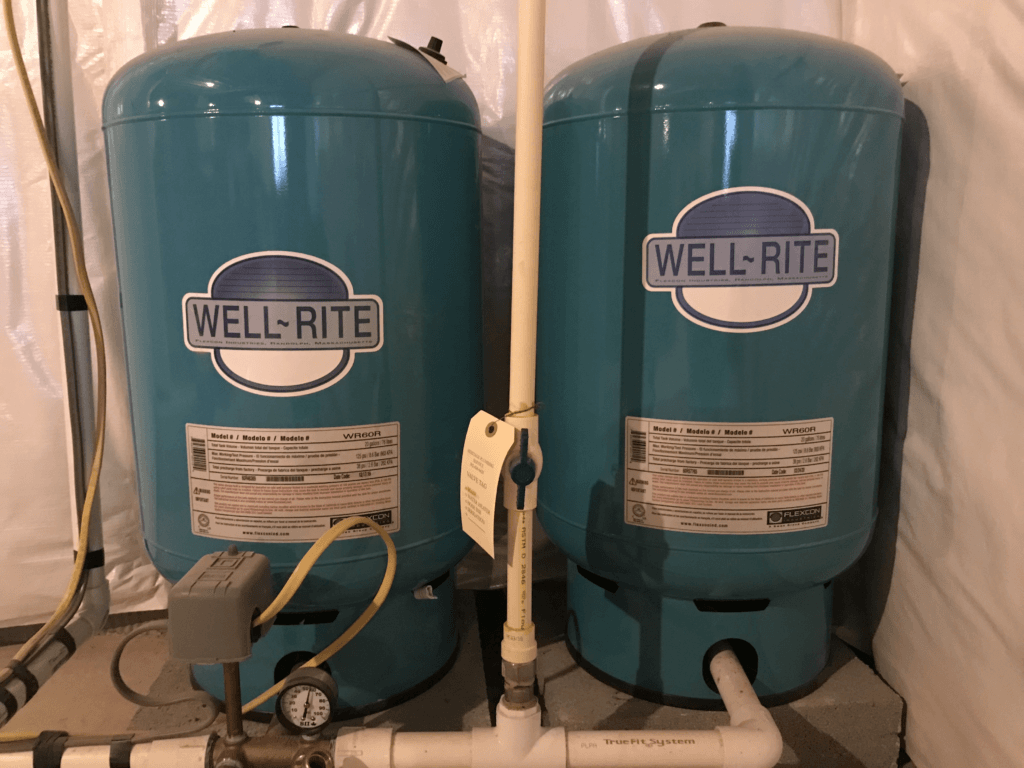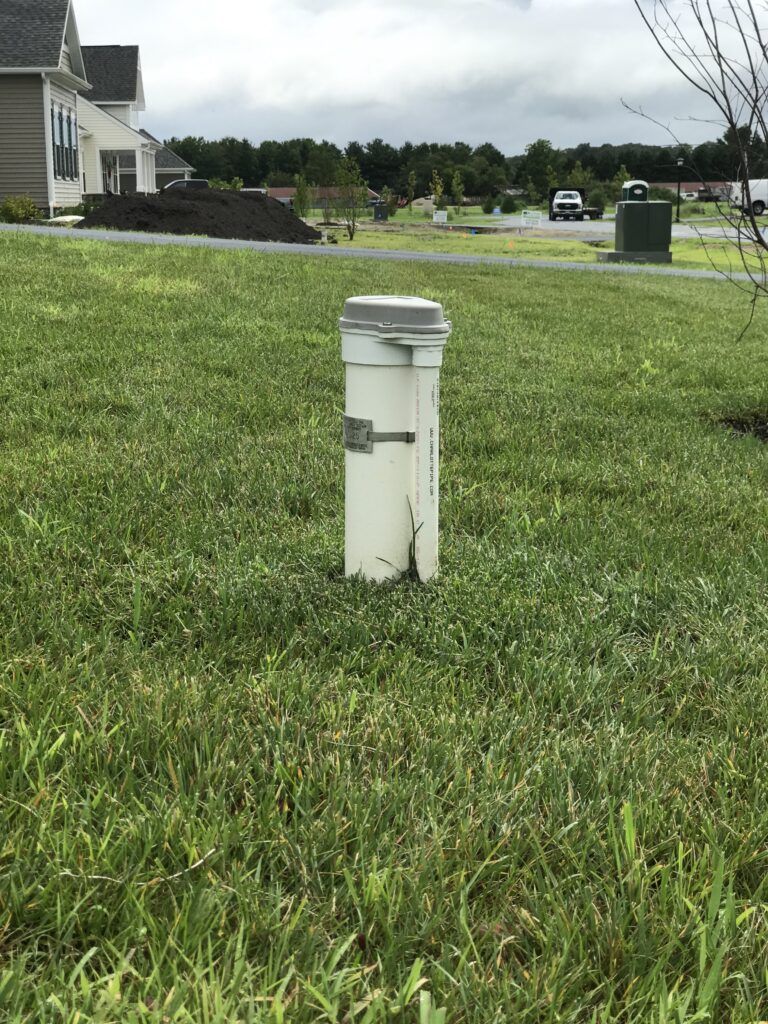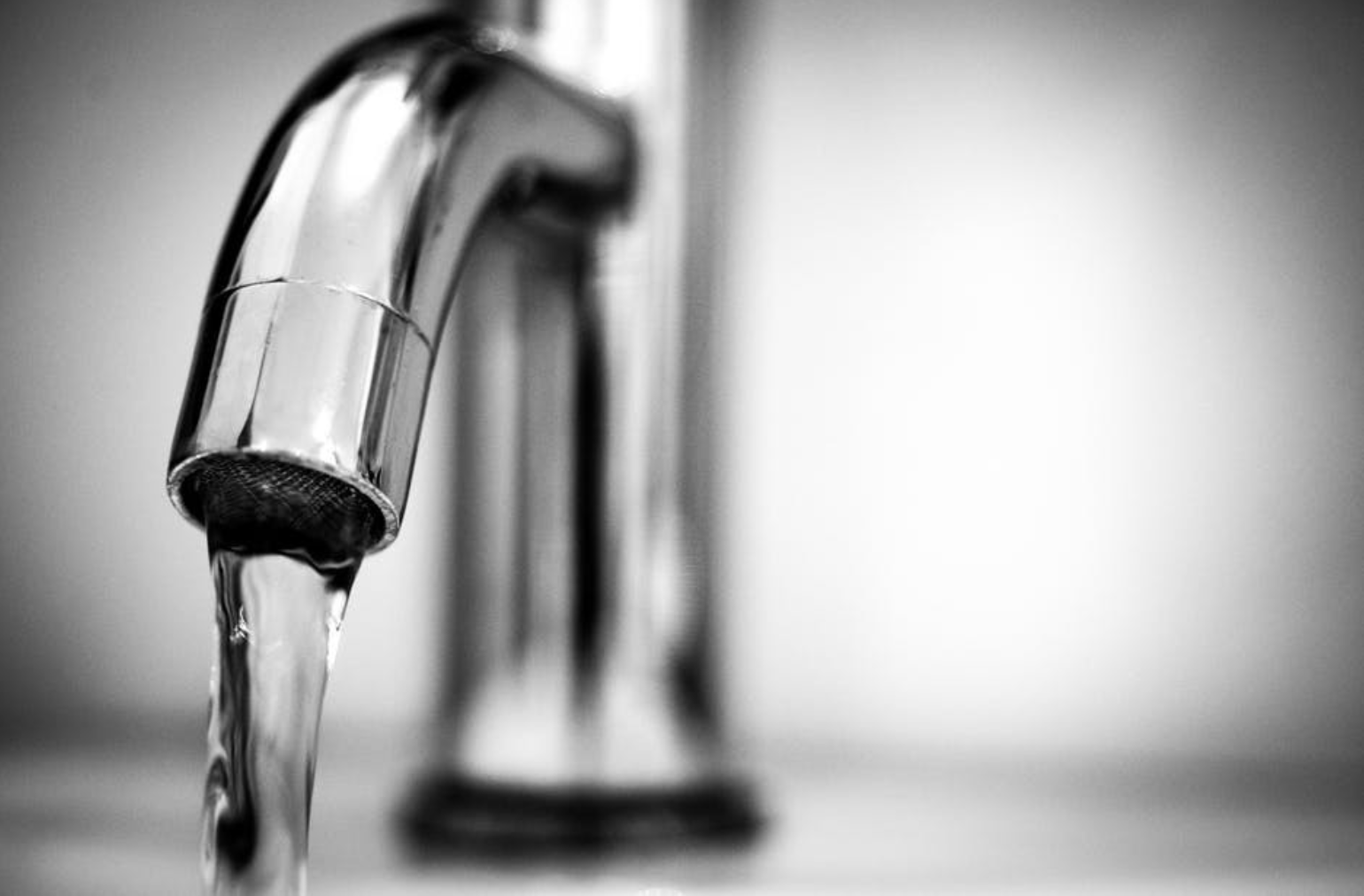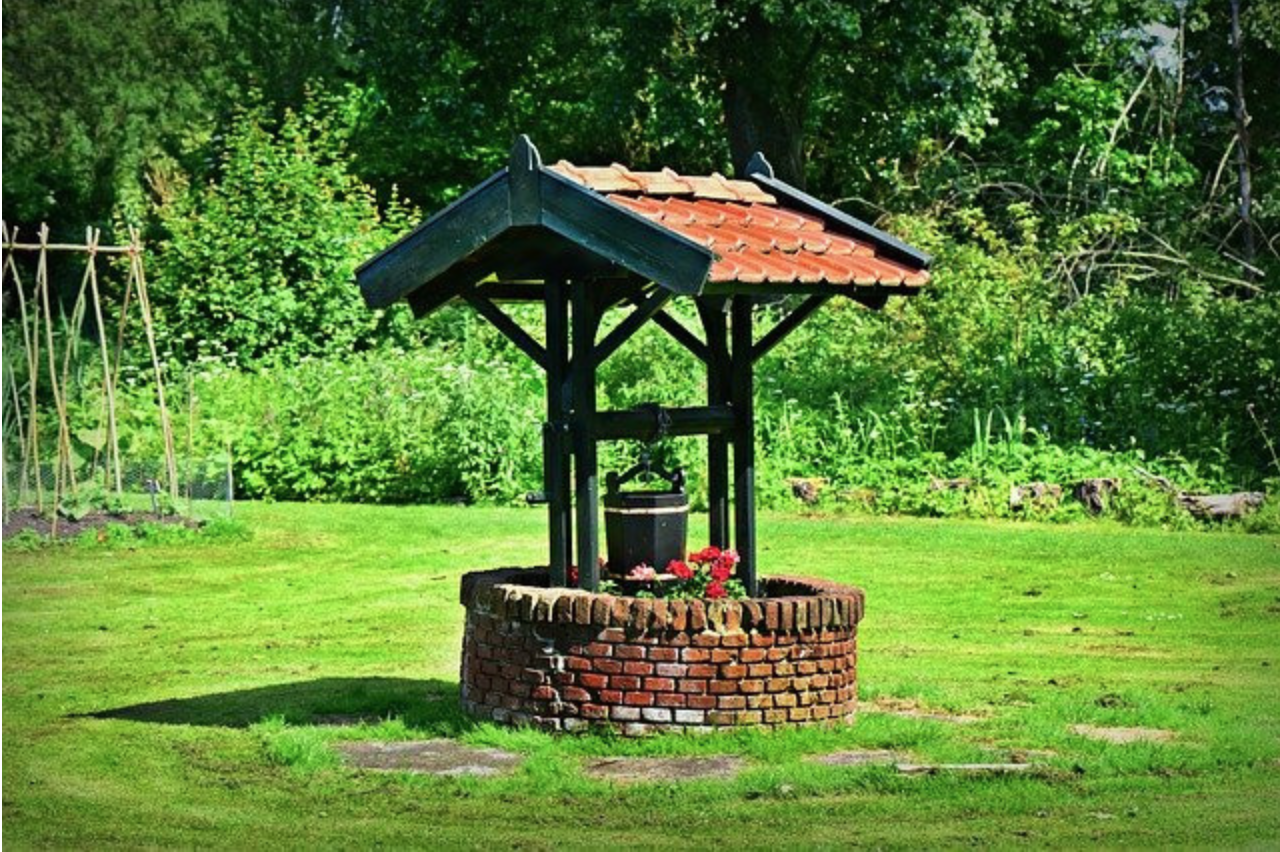Having a private, fresh water source is excellent, but it doesn’t work when the power goes out because it runs on electricity. Modern wells are constructed in a way that you can’t use a bucket with a piece of rope to access the water. So, I wanted to answer the obvious question, can you use a well without electricity?
Without electricity, well water can be retrieved using a hand pump, which is suitable for shallow wells, up to 25 feet deep. There are also specialized hand pumps for deep wells over 25 feet. Solar, wind, or diesel-powered pumps are also alternatives to consider.
We were scheduled to move to our new home in Lewes, Tuesday, August 4th, 2020, but our moving company called us and requested to postpone until Friday, the 7th, because of the severe threat of tropical storm Isaias.
One of our new neighbors texted us and let us know that it’s a good idea to fill the bathtub with water before the storm hits. He mentioned that with this type of storm, we are likely to lose power, and we wouldn’t have water to flush the toilets.
I considered the pros and cons of well water vs. city water, and whether you can run out of water but I didn’t realize how fast losing power would affect our water supply. It made me wonder if you can use a well without electricity.
Before we examine the different ways to get water out of your well, let’s understand the basics of how wells work.
Private Well System Basics
Modern wells are very different from old, shallow, large-diameter holes that were used by manually getting the water with a bucket.
Properly constructed wells will supply water to the whole house and all appliances with the same efficiency as the city water system. The only downside is that modern private wells are inoperable if there is no electrical power.
Pressure Tanks

Wells usually have a pressure tank with about 20 gallons of water, so after the power is gone, you will still have a small amount of water to use.
I have two pressure tanks, which I believe helps improve the system’s operation by letting the pump run fewer times with longer cycles. This also means that I have a total of 40 gallons of water available if the power goes out.
So, what can we do with 40 gallons of water?
Not too much based on statistics from the Alliance for Water Efficiency, especially If the power is out for a few days. So that you get an idea of how far 40 gallons of water go, we can take about 3 quick showers or flush the toilet 25 times.
Shallow vs Deep Wells

Shallow wells usually have a suction pump placed on the surface. Water that is drawn from them has a bit lower quality than water from deep wells.
On the other hand, deep wells are harder to construct, and their depth is over 25 feet. Suction pumps are not able to draw water from greater depths, so submerged pumps are used. They are placed on the bottom and can pump up the water very efficiently.
The upper part of the well construction, the one you can see from the ground, is a narrow pipe, about 5 or 6 inches in diameter with a well cap. If you open the well cap you may be able to see the water, but it can’t be accessed easily.
This is quite frustrating for homeowners whose house was suddenly left with no electricity due to problems like severe storms, electrical failures, or similar.
The video below goes over how the typical private well system works. I found it very informative.
Alternatives to Electrical Pumps
Luckily, there are some alternatives to electrical pumps that let you get water from your well without power. As a homeowner who uses well water, I wanted to know more about these alternatives and potentially think about implementing one in the future.
Hand Pumps
The hand pump is typically the cheapest option, and it comes in handy when the electricity is out.
Hand pumps were invented a long time ago, and similar versions to the original ones are still produced today.
Technology has come a long way though, and we now have hand pumps that can pull water from shallow water wells (under 25 feet) and deep water wells (over 25 feet.)
Hand pumps can draw out about 1 gallon of water per 7 strokes. Since it is manual, it requires a certain physical strength to operate.
To access the water in a shallow well, you will need to insert a suction hose into the well casing. Depending on a depth and casing diameter, you may be required to remove the original suction pipe to squeeze in the hand pump hose. Luckily, most wells have larger casing diameters, and their components won’t be an obstacle.
To access the water in a deep well, you need to use special well pumps. You can’t suck water with a traditional hand pump from 25 feet or deeper. The video below goes over how to install a deep well hand pump.
I really enjoyed this video, although I don’t know if I could implement it for my well.
According to Home Guide, water well hand pumps cost $50 to $600 on average. After installation, the cost is $245 to $900. Premium hand pumps suitable for deep wells, such as the Bison featured on the video cost $500 to $2,000.
Solar Pumps
There are numerous models of solar pumps available on the market, and they can last for years. They can pump water from both shallow and deep wells. Some models can draw more than 1000 gallons of water per day.
The downside is that any solar-powered device, including a solar pump, much depends on the weather. If the power goes out during a storm or a very cloudy day, the pump’s performance will be minimal, maybe even non-existent. Solar energy storage is expensive and you have to have adequate space for installation.
These pumps are more expensive than hand pumps, but their effectiveness is much greater. Once installed, they will save you a lot of effort and maintenance costs. According to Home Guide, a solar-powered well pump costs $1,650 to $3,200 after installation.
Wind-Powered Pumps
The wind has been used as a power source in farms for centuries. Modern wind-powered pumps are suitable for shallow wells and deep wells. They require little to no maintenance and can have a pumping capacity of over 1,000 gallons per day.
Just like with solar pumps, wind-powered pumps depend on the weather. Having a wind-powered pump during a calm and windless day is useless.
On the other hand, they can work with very low wind speeds 24 hours a day 7 days a week.
Unfortunately, they are not the cheapest alternative. According to Home Guide, a windmill water pump costs between $4,200 to $19,600. Professional installation adds another $2,000 to $5,000. You also need to store the water somewhere. You may be looking at an additional $380 to $1,500 for a storage solution.
Diesel Pumps
Diesel pumps are another alternative. These pumps are sold in many stores, and numerous models are available. Depending on pump capacity and manufacturer, prices can vary.
Diesel pumps are easy to use, and they are very efficient. The good thing about these pumps is that they are entirely independent and can operate in various weather conditions.
The downside of diesel pumps is fuel cost, and they require quite a lot of it. Also, these pumps can be loud. If you have a diesel pump, make sure you have enough fuel stored somewhere, so that you can use the pump immediately after the power goes out.
Some models of diesel pumps have difficulties while operating in extremely cold areas, with temperatures below freezing.
Use a Generator
If there is a power outage, your well pump can still work if you have the right size generator. But before you buy a generator for your pump, you need to know if your well pump runs on 110 Volts or 220 Volts.
Most submersible pumps run on 220 Volts, so you need to get a powerful generator to supply this power. Keep in mind that most portable generators only provide 110 Volts.
The video below goes over what to look out for when sizing a generator for your well pump.
How to Be Prepared for Electricity Shortages
Electricity problems can occur suddenly, in very inconvenient moments. Having fresh water is essential, so the best thing to do is to be prepared in advance. Here are some tips:
- Always have enough drinking water for at least 3 days for each person in the household
- If you know that a big storm is coming, fill up your bathtub with water to be used to flush the toilets
- Invest in one of the alternatives to electrical pumps listed above. From all of them, although manual, probably the hand pump is the most reliable and affordable.
- Invest in a generator just to operate the submersible pump on your water tank, but make sure it is the right size for your pump
Wells provide fresh and clean water, and having them is always beneficial, even for those connected to a city water system. Unfortunately, wells greatly depend on electrically powered pumps. But fortunately, there are alternatives available, and you should consider having one of them ready for when the power is out.
Related Posts:




